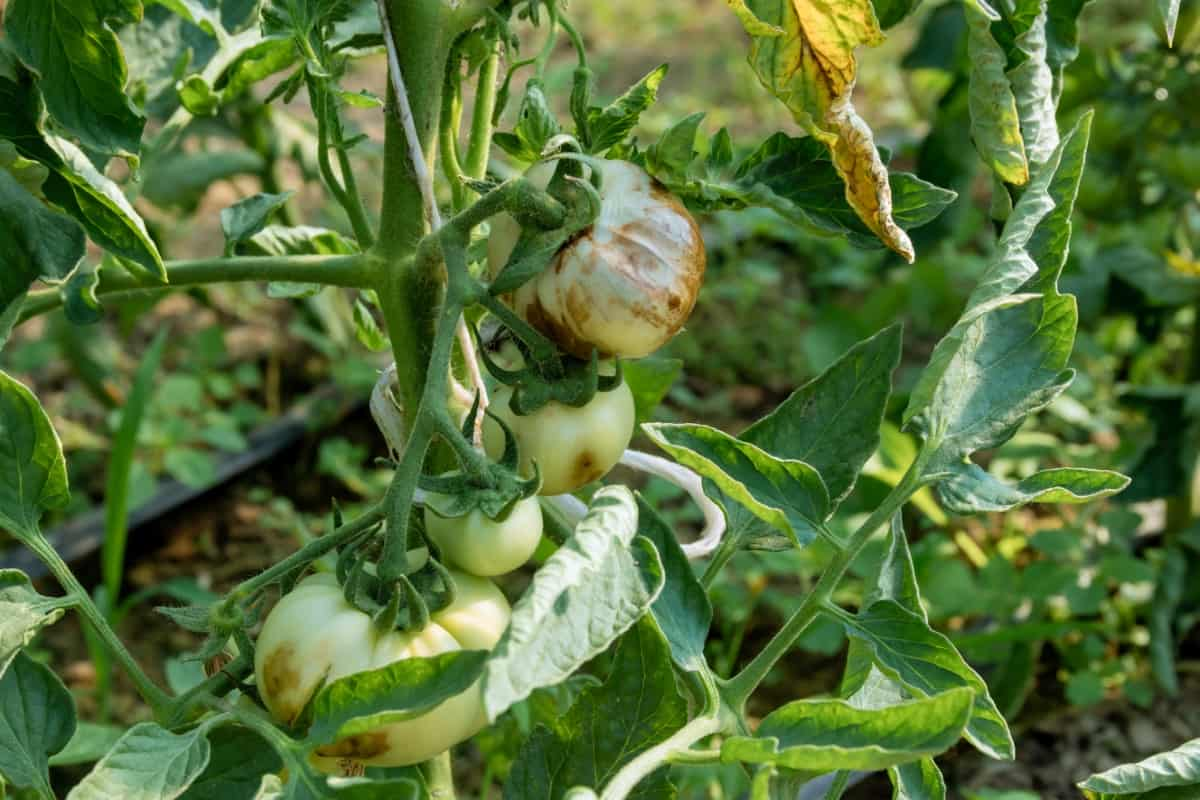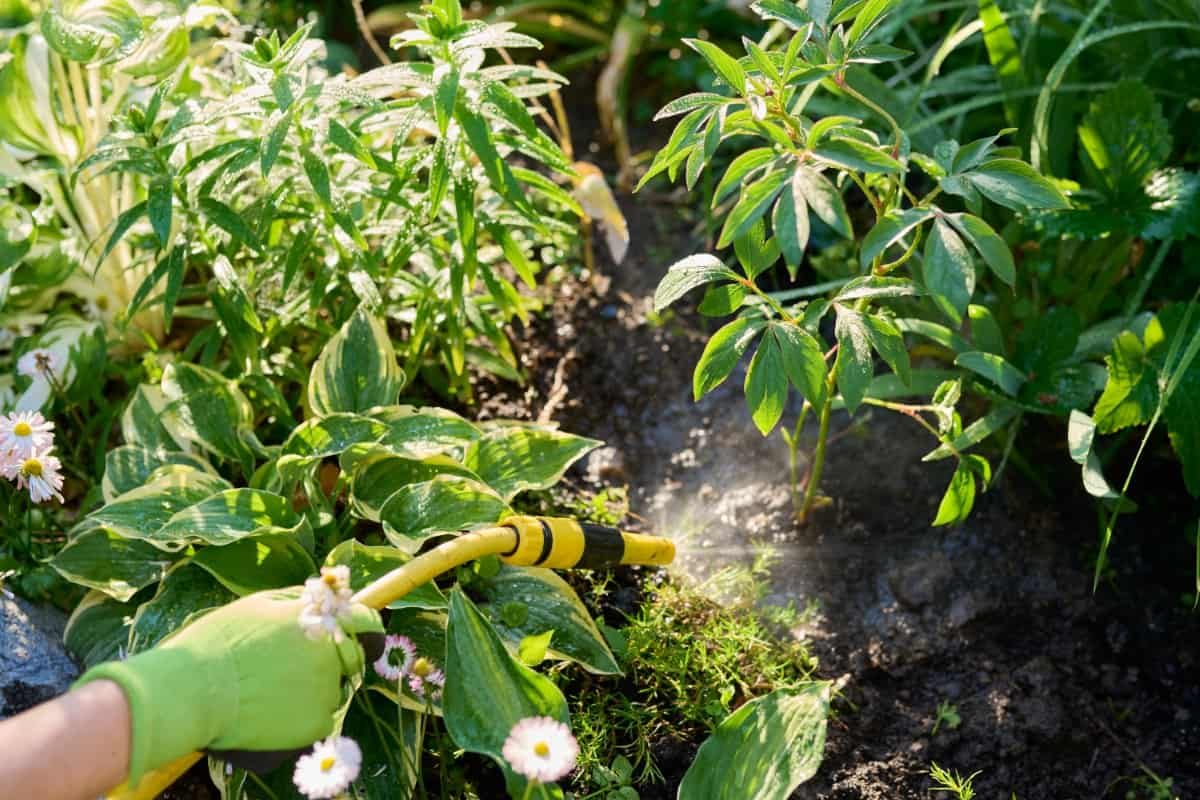Garden hygiene involves practices that help prevent the spread of diseases among your plants. By implementing good garden hygiene, you safeguard the well-being of your plants and promote their growth and productivity. Garden hygiene is important for maintaining the health and vitality of your plants.

Regular Cleaning of Garden Tools
Regular cleaning of garden tools is a crucial practice to maintain good garden hygiene. After each use, take some time to clean your tools thoroughly. Use a brush or sponge to remove any dirt or debris that may harbor harmful pathogens. A soap and water solution can help disinfect the surfaces of your tools effectively.
Make sure to dry them completely before storing them away to prevent rusting. Consider using a vinegar and water mixture or rubbing alcohol for extra disinfection power. Also, remember to sharpen your cutting tools regularly for clean cuts that promote plant health.
Proper Disposal of Infected Plant Material
Removing diseased plants and debris promptly can help prevent pathogens to other plants. Leaving infected plant material in the garden can provide a breeding ground for harmful fungi, bacteria, and pests that can affect your plants. To prevent contamination, dispose of any affected leaves, stems, or fruits in sealed bags.
Avoid composting diseased plant material as it may not reach high enough temperatures to kill off pathogens effectively. Instead, consider burning or burying the waste away from your garden area. By taking care to dispose of infected plant material properly, you are not only protecting your current garden but also preventing future outbreaks that could harm your beloved plants.
Sanitization of Plant Containers and Pots
Ensuring the cleanliness of plant containers and pots is crucial in maintaining a garden environment. By regularly sanitizing your containers, you can prevent the buildup of harmful pathogens that may lead to plant diseases. Start by cleaning your containers with water and a mild soap mixture to remove any dirt or residue. Rinse thoroughly to ensure all debris is washed away before proceeding with sanitization.
In case you missed it: How to Get Rid of Fireworms in Gardens: 100% Effective Control Strategies

To effectively sanitize your containers, consider using a diluted bleach solution. This will help kill bacteria or fungi that could potentially harm your plants. Allow the containers to air dry before reusing them to plant new vegetation. This simple practice can go a long way in safeguarding your garden’s overall health and vitality.
Effective Water Management to Avoid Standing Water
Standing water can create the perfect breeding ground for disease-causing pathogens and pests, leading to various plant health issues. To avoid this, ensure proper drainage in your garden beds and containers by using well-draining soil mixes. Overwatering should also be avoided, as it promotes disease and suffocates roots by limiting oxygen intake. Water plants deeply to encourage strong root growth and reduce the risk of standing water.
Make sure to use drip irrigation or soaker hoses to deliver water to the root zone while minimizing surface moisture that can attract pests. Mulching around garden plants helps retain moisture in the soil without creating waterlogged conditions.
Timely Pruning to Remove Diseased Foliage
By promptly removing diseased foliage, you can prevent the spread of pathogens to healthy plants. Act swiftly when you notice any signs of disease on your plants, such as discoloration or unusual spots. Pruning helps reduce moisture levels and create an environment less conducive to disease development. Make sure to use sharp and clean pruners to avoid further damage to your plants.
Remember that proper disposal of the pruned material is equally important as cutting off infected parts. Do not leave diseased plant debris lying around in your garden, as it can harbor pathogens and lead to recurring infections.
Use of Disease-Resistant Plant Varieties
Disease-resistant plant varieties are specially bred to withstand common diseases, reducing the risk of infections spreading throughout your garden. Whether you choose disease-resistant tomatoes or roses, incorporating these varieties into your garden can significantly minimize the need for chemical treatments. This eco-friendly approach aligns perfectly with the growing trend towards organic and natural gardening solutions. Some popular disease-resistant plant varieties include;
- Tomatoes: ‘Celebrity’, ‘Mountain Merit’, and ‘Defiant’
- Roses: ‘Knock Out’, ‘Sunny Knock Out’, and ‘Drift’
- Cucumbers: ‘Marketmore 76’ and ‘Salad Bush’
- Apples: ‘Liberty,’ ‘Enterprise,’ and ‘Goldrush’
- Peppers: ‘Ace,’ ‘Jupiter,’ and ‘Carmen’
In case you missed it: Guide to Using Milky Spore for Lawns and Gardens: Eco-Friendly Pest Control with Milky Spore

Soil Care and Rotation to Prevent Pathogen Buildup
Taking care of your garden soil is crucial in preventing the buildup of harmful pathogens that can threaten the health of your plants. One effective method to maintain soil hygiene is through proper rotation of crops. By rotating what you plant in different areas each season, you disrupt the pests and diseases life cycle that may be lingering in the soil.
Additionally, incorporating organic matter into your soil helps improve its structure and fertility while also introducing beneficial microbes that can outcompete harmful pathogens. Regularly testing your soil’s pH levels and nutrient content allows you to make informed decisions about amendments needed to create an optimal growing environment for your plants. Remember, healthy soil equals healthy plants.
Control of Insect Vectors that Spread Diseases
These tiny vectors may seem harmless, but they can wreak havoc if left unchecked. Effective insect control measures can safeguard your garden from potential disease outbreaks. The main method of managing insect vectors is introducing beneficial insects that target harmful pests. This natural approach helps maintain a balanced ecosystem and reduces the need for chemical pesticides. Another strategy is to regularly inspect plants for signs of pest infestations and promptly address any issues before they escalate. By staying vigilant, you can prevent problems from spreading.
Maintaining Optimal Plant Spacing for Air Circulation
Ensuring optimal plant spacing in your garden is crucial for promoting air circulation, which helps prevent the development and spread of diseases. Too close together plants create a humid environment that can lead to fungal infections and other pathogens thriving. Adequate space between plants allows for better airflow, reducing moisture buildup and decreasing the likelihood of disease outbreaks.
In case you missed it: Management of Cricket Insects: Controlling Cricket Pests in the Garden

Proper plant spacing also facilitates each plant’s access to sunlight, promoting healthy growth and photosynthesis. Additionally, adequate spacing makes it easier for gardeners to inspect their plants regularly for any signs of disease or pest infestations.
Regular Monitoring and Early Detection of Diseases
Regular monitoring of your garden is crucial to maintaining plant health. By staying observant and attentive, you can catch any issues before they escalate into major problems. Make it a habit to inspect your garden plants regularly, looking out for signs of discoloration, wilting, or unusual growth patterns. Keep an eye on both the foliage and the soil around your plants. Be proactive in identifying any abnormalities and take quick action to address them.
This could involve removing infected leaves, adjusting watering practices, or even seeking advice from gardening experts if needed. By being vigilant and catching diseases early on, you can prevent widespread damage to your garden and save yourself time and effort in the long run. Good garden hygiene practices are essential for preventing the spread of diseases among plants. By maintaining garden hygiene, gardeners can cultivate thriving and disease-resistant gardens, ensuring the long-term vitality of their plants and the overall health of their outdoor spaces.
- Types of Fungicides Used in Agriculture
- Common Issues in the Fruit Development Stage of Pomegranate Farming
- Fruit Development Issues in Papaya: Easy Solutions and Treatment
- Soil-Borne Diseases and How to Protect Your Plants
- Practices to Prevent Disease Spread in the Garden
- From Wilted to Thriving: How to Treat Root Rot Naturally in Houseplants
- Natural Remedies to Cure Brown Spots on Fig Tree Leaves
- Natural Solutions for Poinsettia Problems: 100% Effective Remedies
- How to Control Calla Lily Problems: Natural Remedies for Leaf and Flower Problems